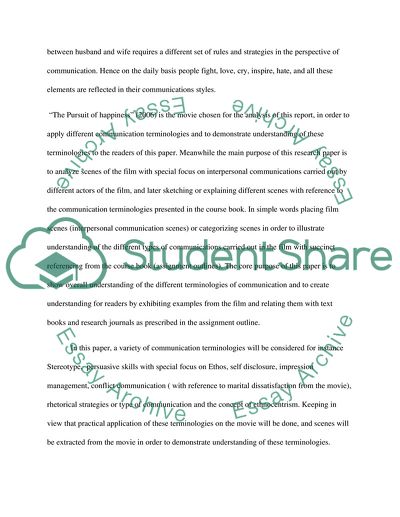Cite this document
(Intercultural Communication in the Global Workplace Research Paper, n.d.)
Intercultural Communication in the Global Workplace Research Paper. Retrieved from https://studentshare.org/journalism-communication/1786936-communication-research-paper
Intercultural Communication in the Global Workplace Research Paper. Retrieved from https://studentshare.org/journalism-communication/1786936-communication-research-paper
(Intercultural Communication in the Global Workplace Research Paper)
Intercultural Communication in the Global Workplace Research Paper. https://studentshare.org/journalism-communication/1786936-communication-research-paper.
Intercultural Communication in the Global Workplace Research Paper. https://studentshare.org/journalism-communication/1786936-communication-research-paper.
“Intercultural Communication in the Global Workplace Research Paper”, n.d. https://studentshare.org/journalism-communication/1786936-communication-research-paper.


